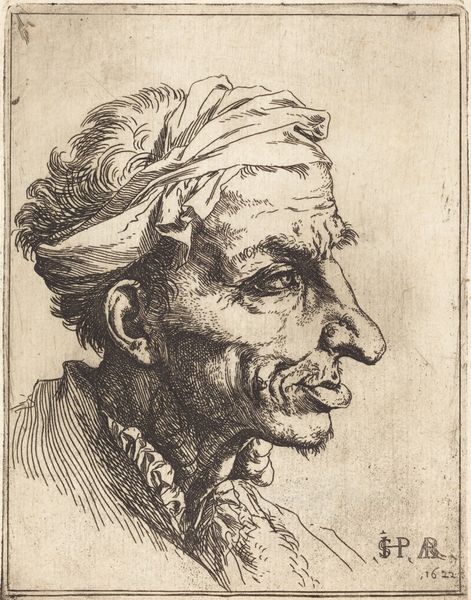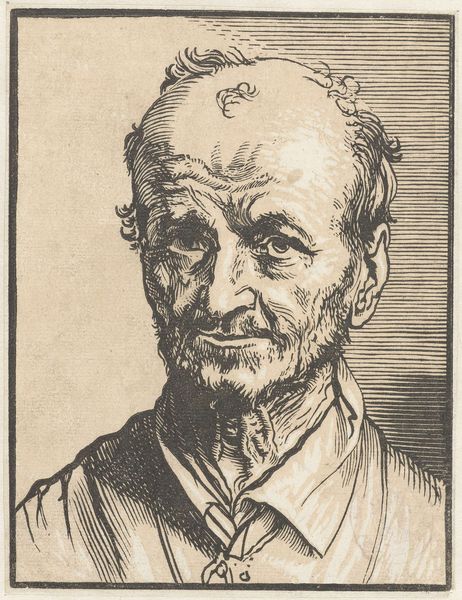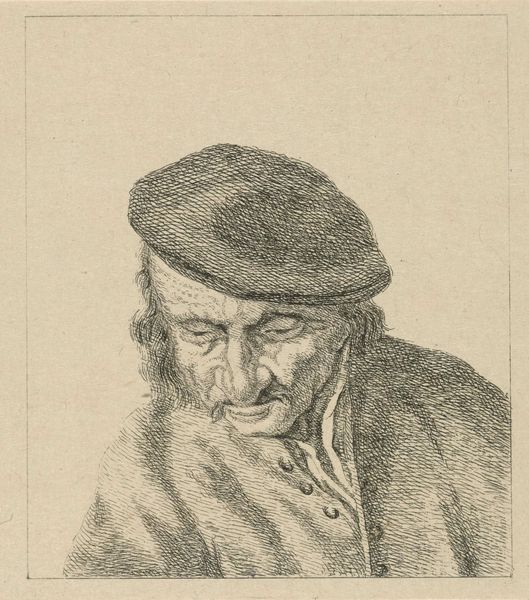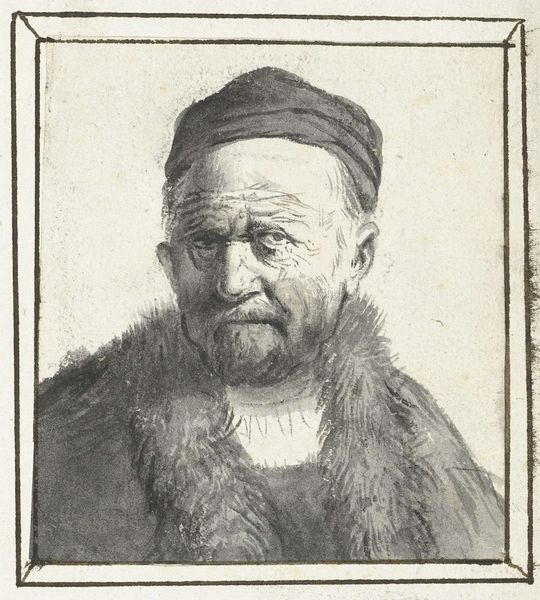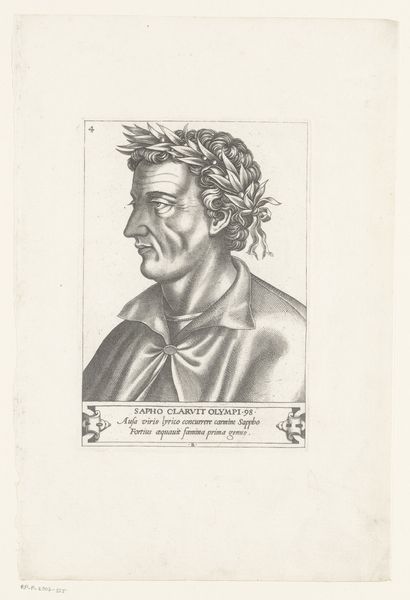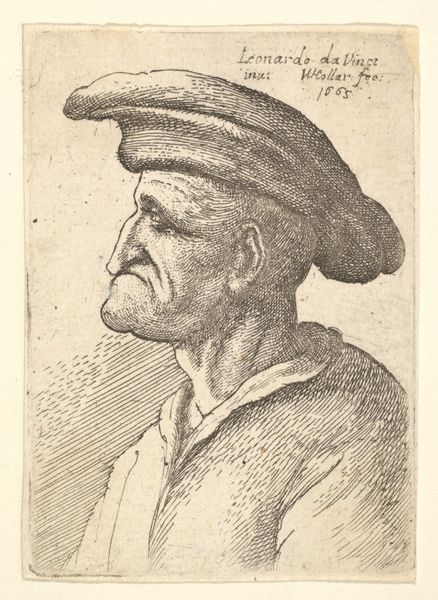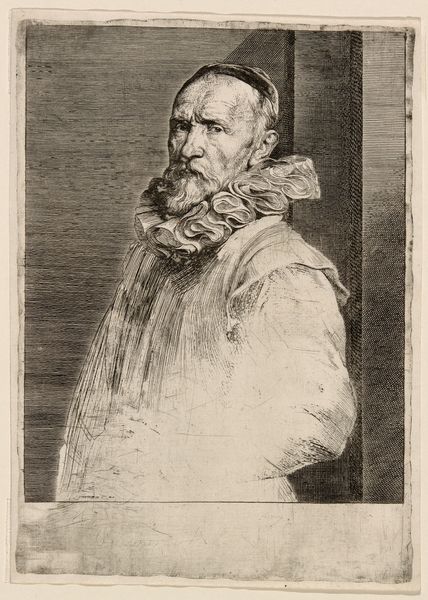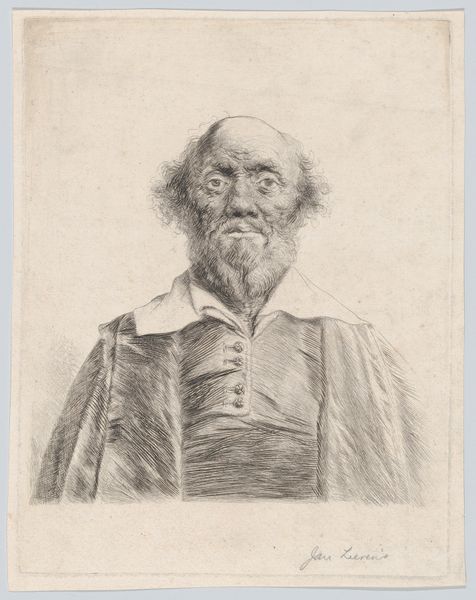
Philip Melanchthon, Bust to the Right 1472 - 1553
0:00
0:00
drawing, print, engraving
#
portrait
#
drawing
# print
#
old engraving style
#
northern-renaissance
#
engraving
Dimensions: Sheet: 13 1/4 × 8 7/16 in. (33.7 × 21.5 cm)
Copyright: Public Domain
Editor: This is Lucas Cranach the Younger's "Philip Melanchthon, Bust to the Right," a drawing and print dating back to somewhere between 1472 and 1553. It feels incredibly formal and reserved, almost austere, and yet I can't help but feel a connection to the individual portrayed. What do you see in this piece? Curator: This portrait is striking not only for its depiction of Melanchthon but also for what it reveals about the socio-political landscape of the Reformation. Consider, for instance, the visual rhetoric used here. How does Cranach employ techniques to present Melanchthon, a key figure in the Reformation, as both an intellectual and a man of piety? Think about how these portraits functioned as tools for shaping public perception during a period of immense religious and social upheaval. Editor: So you're saying the portrait goes beyond simply showing what Melanchthon looked like? Curator: Precisely. We must ask whose interests are being served here. Who commissioned this? What message are they hoping to convey, and to whom? Notice the inscription: It positions Melanchthon within a lineage of intellectual and spiritual authority. But, considering that this image would have circulated during the Reformation, might this attempt to align Melanchthon with established traditions have sparked further debates? Editor: That makes so much sense. I never thought about a portrait as being actively involved in a political conversation, even a fight, during that time. Thank you, that gives me a completely new framework. Curator: Indeed. Recognizing art's engagement in larger power structures encourages us to see portraits less as neutral records, and more as active agents shaping perception and historical narrative. Now, consider what the relative inaccessibility to these texts meant during the Reformation: How might access and interpretation have differed for different audiences across diverse social classes?
Comments
No comments
Be the first to comment and join the conversation on the ultimate creative platform.


